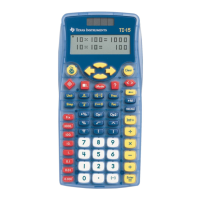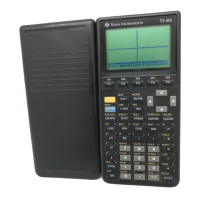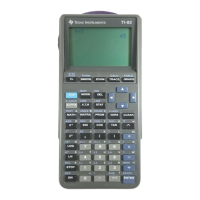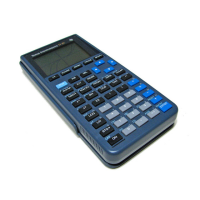Programming 693
À Declares the subroutine as a local variable.
Á Defines the subroutine.
 Calls the subroutine.
Note: Use the Program Editor’s Var menu to enter the Define and
Prgm...EndPrgm commands.
Notes about using subroutines
At the end of a subroutine, execution returns to the calling program. To
exit a subroutine at any other time, use
Return with no argument.
A subroutine cannot access local variables declared in the calling
program. Likewise, the calling program cannot access local variables
declared in a subroutine.
Lbl commands are local to the programs in which they are located.
Therefore, a Goto command in the calling program cannot branch to a
label in a subroutine or vice versa.
Avoiding circular-definition errors
When evaluating a user-defined function or running a program, you can
specify an argument that includes the same variable that was used to
define the function or create the program. However, to avoid circular-
definition errors, you must assign a value for variables that are used in
evaluating the function or running the program. For example:
– or –
Define subtest1()=
Prgm
local subtest2
À
Define subtest2(x,y)=
Á
Prgm
Disp x,y
EndPrgm
©Beginning of main program
For i,1,4,1
subtest2(i,I*1000)
Â
EndFor
EndPrgm
x+1&x À
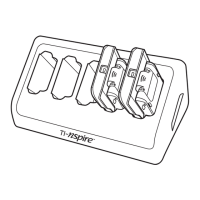
